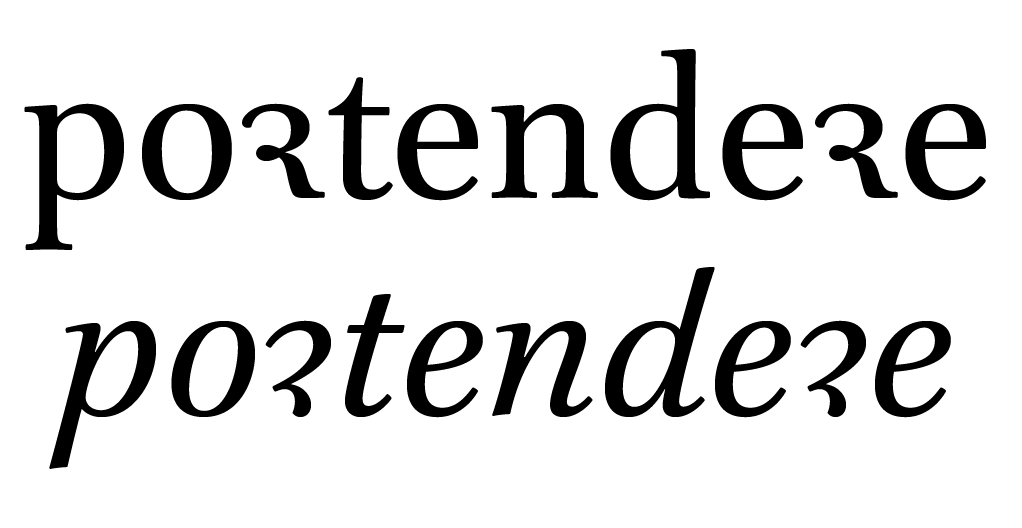Hi – Looking at some ~18th century inscriptions recently got me wondering about the alternate “round” form of the lowercase r in blackletter inscriptions.
Wikipedia calls this the “r rotunda” and says that it is a calligraphic variant (rather than an orthographic distinction, such as between the long and short s) that basically appears after letters that are round on the right.
The particular examples I was looking at have prompted two questions that I wanted to bring up here:
- Was it generally considered permissible to not be consistent about the use of the round r but just basically use whichever form worked better in a given context? (See example below – excuse the bad quality – which uses standard r forms in “Eltern”, “Abraham” but then the round form in “Jahr” and “hieher”)
- I’m particularly intrigued about the disconnected/stencil-y form of the round r shown in the example below, whose first half can then be connected to e.g. a preceding e, as seen in “hieher”. Is there some bigger [hi]story behind this disconnected form of the r rotunda? The Wiki article linked to above mentions some variant forms, not sure that’s what this is.








